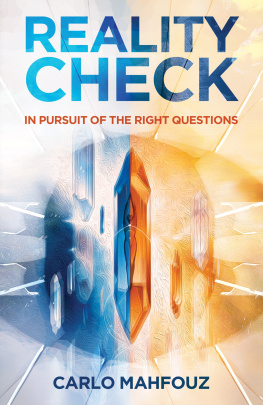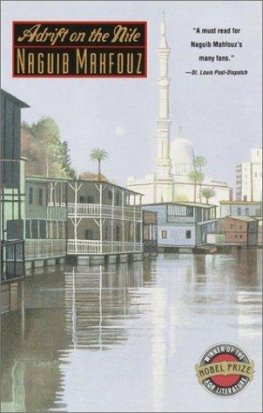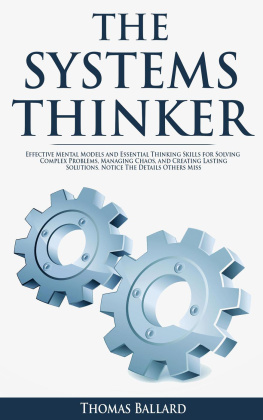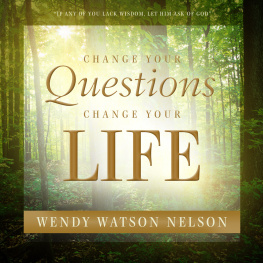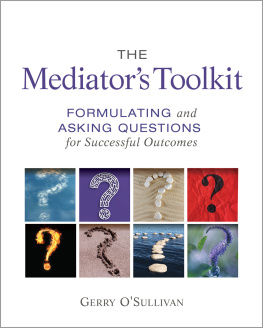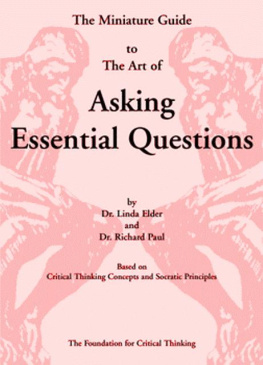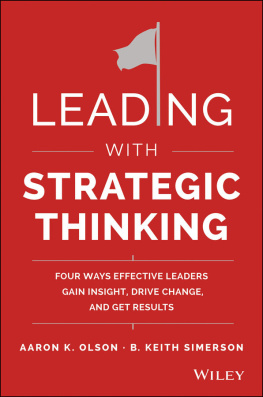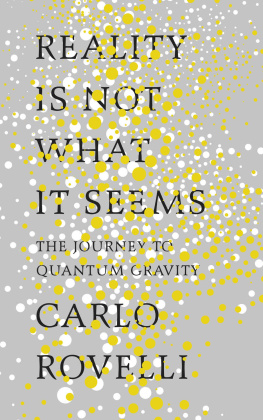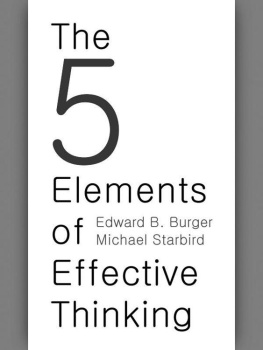Chapter 1.
Chapter 2.
Chapter 3.
Chapter 4.
Chapter 5.
Chapter 6.
Chapter 7.
Chapter 8.
Chapter 9.
Chapter 10.
To my loving family in Lebanon, United States, Russia, Norway, and across the globe. Family names that do not match mine but resonate and belong way beyond what a name could ever hold or bring. Names etched in my soul defining my journey at every step.
Names that will remain close to my heart and a secret bar one: Wafa J. Hoballah; for there is no truer definition of connection or true meaning of what family is than hers. For her, Resilience: a Reality Check in and by itself going against immeasurable adversity with courage and humility. For her, Love and Care: a testimony not only spoken or felt but lived with grace and kindness. For her unwavering service to deeds that are beyond reward; a testament to her iron will and resolve to others.
To me, if there is a reality that matters, then the connection we hold between us is the only one that does. In honor of that reality: to you, my family, I dedicate this book.
Introduction
In the face of a very uncertain world full of ambiguity and distractions from every angle, what becomes most important is How do we know what matters most to tackle?
The twenty-first century is filled with significant innovation and technological advancement, yet when it came to responding to the challenges the 20202021 pandemic presented, we struggled. From the smallest problems, which feel minute in retrospect, to the grandeur of dilemmas as climate change, which feel overwhelming and complex, I believe it all comes down to the questions we ask.
A beautiful question, as Warren Berger called it, is an ambitious yet actionable question that can begin to shift the way we perceive or think about something - and that might serve as a catalyst to bring about change. (Berger, 2021) Accordingly, questions sit at the root. The right questions direct our attention to the problems that matter the most, whereas the wrong questions are aimed at the distractions.
Asking the right questions is paying attention. If we can see it, then we can ask about it. Thus, to pay attention, we need to be focused. To be focused, we need to be present. To be present, we need to be in the moment. And to be in the moment, we need to be prepared. So, if asking the right questions is the moment you step on the stage, this book will focus on the rehearsals to get you there.
What we will be rehearsing toward is a phenomenon called a Reality Check, which I feel represents these steps. I define reality check as a clear reading of the now, void of distractions. By void, I do not mean they disappear. Instead, they are no longer distracting. Consider the void a sense of heightened levels of clarity amidst all stimuli. It is a moment that yanks us to reality and allows us to see the present moment. Thus, our attention is honed and focused. We suddenly realize what matters most.
The pandemic represented such an occasion for the world and each one of us. It forced a reality check on many of the competing priorities we each have. Lockdowns, grim outlooks, and loads of uncertainty disrupted our lives. Everyone was impacted whether coping with the illness directly or its repercussion, from death on one end to simply the changes in our day-to-day routines and livelihood.
It shifted our focus to what questions matter the most to us. Whether that was healthcare access and our well-being mentally and physically or our financial stability and work-life balance, it touched issues which were on our periphery. As a result, our priorities shifted. In the business world, our organizational focus on leveraging technology amplified as the means to stay in business became more prominent and the need for digital transformation emerged.
None of that is surprising, as we each have experienced it in our own way. In retrospect, the technology leveraged to enable remote working or cross-collaboration is not new or novel. The problems we have had in our healthcare systems, education, and many other areas are not new either. None of it was novel or not known except that our attention was not directed toward it.
What disturbed and frustrated me a bit though was this: did we really need a pandemic that claimed so many lives to introduce those changes and stimulate us to start asking the right questions?
Hence, in an effort to improve our awareness of the right questions, I went on doing what I do best. Leaning into the engineer in myself, I worked on reverse engineering a reality check occasion. Throughout this book, you will join me on a journey of unraveling the different elements that participate in this phenomenon. I broke it down into three key elements. Each part of this book will cover one.
Part One: Context
Context is a snapshot of a set of constraints that scope the moment. The scope represents the viewport through which we can see. Its limiting aspect focuses our attention. A reality check occasion is all but an intense realization of all the context dimensions we are in.
Starting with the most recognized contexts where it is easily recognizable to the less so, we will explore them as well as how they map to the current state, getting us to the snapshot of the moment.
Part Two: Time
The present is the last piece of the puzzle to capture the current context and to discuss it we need to talk about time. Time is the author of change. Without time, there is no change, or at least we cannot reason about it in any other way.
With past and future as key players, we will delve into how we can loosen their grip to allow us to be more in the now and minimize their distortion to the present. Following the latter by accepting change and recognizing its velocity helps us to direct our attention to what matters the most.
Part Three: Observer
For the context to exist, someone needs to be aware of it. I will be using the word observer to refer to the person aware of the reality check moment. I am using observer here instead of mind or body to encapsulate the full picture of a conscious awareness of our experiences, feelings, thoughts, and body. The entirety of this system is aware.
The observer is constantly optimizing streams of data from multiple sources, trying to efficiently prioritize what captures our attention. And in that process, it is cutting corners sometimes and omitting things. In an effort to improve the optimization, I will play back the context of what impacts our questioning. Ill start from the output, which is communication, move into the internal drivers, and finally highlight the power of listening to best observe the now.

